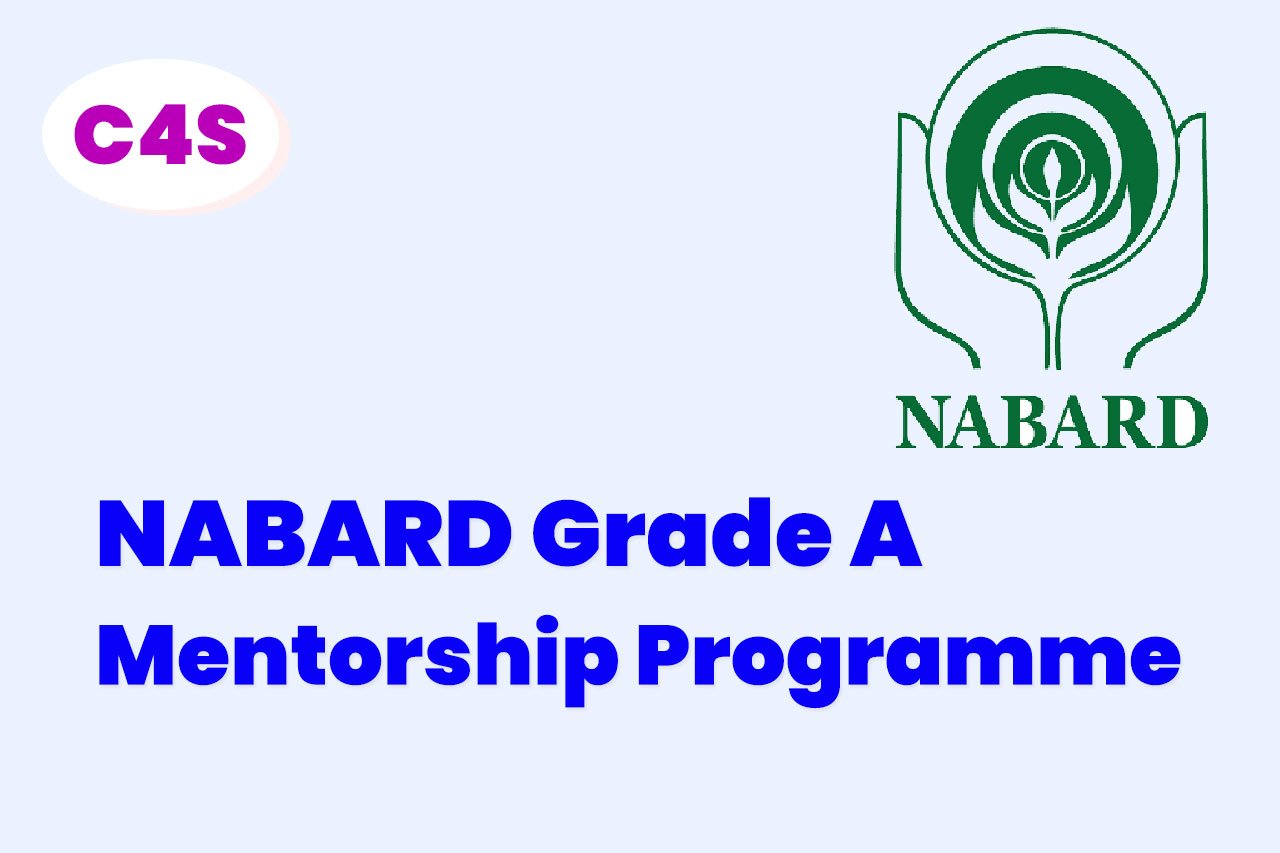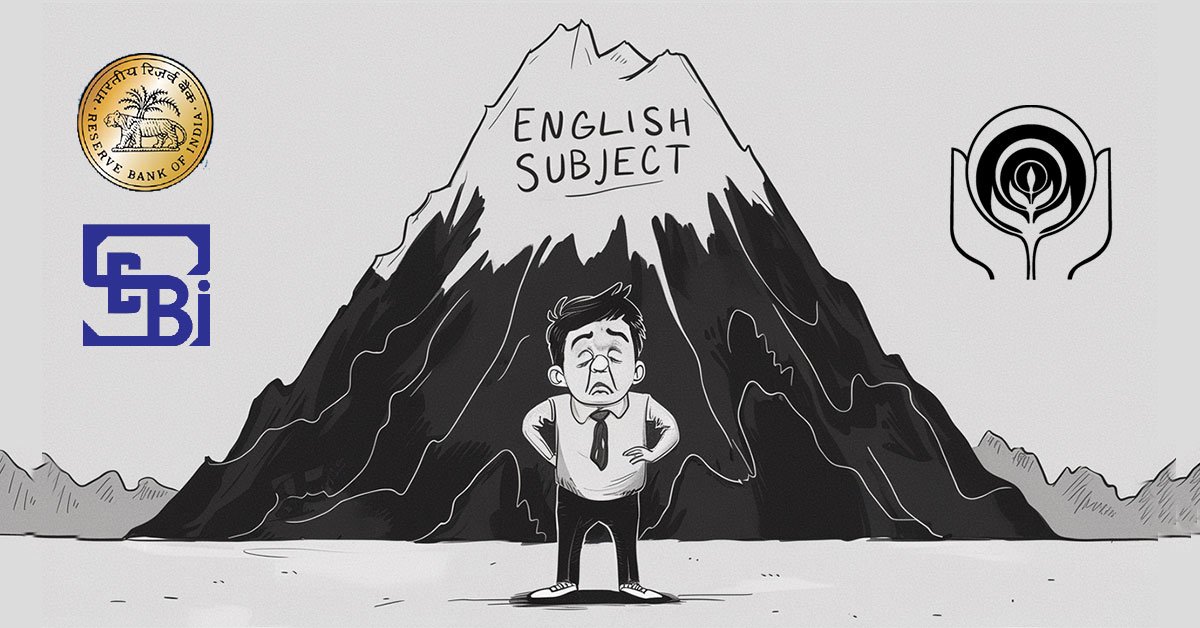Daily Current Affairs
24 & 25 November, 2024
National Affairs
1. Prime Minister Shri Narendra Modi inaugurates Global Cooperative Conference 2024 at Bharat Mandapam in New Delhi

- Global Cooperative Conference 2024 Inauguration
- Prime Minister Narendra Modi inaugurates Global Cooperative Conference 2024.
- Launches United Nations’ International Year of Cooperatives 2025.
- Releases commemorative postal stamp.
- Prime Minister Modi’s “Sahkar se Samriddhi” goal can be achieved through this movement, while the International Year of Cooperatives aims to empower millions of poor people, farmers, and women worldwide, promoting dignity and respect.
‘Sahkar se Samriddhi’ Scheme: Strengthening Cooperative Societies for Prosperity
- Government prepares a new National Cooperative Policy to strengthen cooperatives.
- Emphasizes on connecting villages with cooperation for prosperity.
- Encourages Primary Agricultural Credit Societies (PACS) to adopt bye-laws for over 25 business activities.
- Provides relief to cooperative societies in the Income Tax Act and Streamlines processes for ‘Ease of Doing Business’.
- The Ministry of Cooperation has been formed by separating it from the Ministry of Agriculture. The aim of this ministry is to strengthen the ‘cooperative movement’ in the country.
2. Increase in Tiger Population

The All India Tiger Estimation in 2022 revealed a 6% annual increase in the tiger population in India, with an estimated 3682 tigers, compared to 2018 and 2014 estimates of 2967 and 2226 respectively, indicating a significant population growth.
India’s Tiger Population and Conservation
- India has the world’s largest tiger population, estimated at 3,682.
- Over 52 tiger reserves, including national parks like Ranthambore, Jim Corbett, and Bandhavgarh.
- India leads in wild tiger conservation efforts, including the 1973 Project Tiger.
- A tiger population census is conducted every four years to track tiger conservation progress.
3. YOUTH UNEMPLOYMENT RATES IN INDIA Lower Than Global Levels
India Employment Report, 2024 by IHD – ILO
- Global youth unemployment rate: 15.6% in 2021, 13.3% in 2023.
- Official data source: Periodic Labour Force Survey (PLFS) conducted by Ministry of Statistics and Programme Implementation (MoSPI).
- Unemployment rate: 10.2% for youth aged 15-29 in 2023-24, lower than global levels.
India’s Employment Generation Schemes
- Implemented by various Ministries/Departments: Ministry of Micro, Small and Medium Enterprises, Ministry of Rural Development, Ministry of Housing and Urban Affairs, Ministry of Finance, Ministry of Textile.
- Schemes include Prime Minister’s Employment Generation Programme (PMEGP), Mahatma Gandhi National Rural Employment Guarantee Scheme (MGNREGS), Pt. Deen Dayal Upadhyaya Grameen Kaushalya Yojana (DDU-GKY), Rural Self Employment and Training Institutes (RSETIs), Deen Dayal Antodaya Yojana-National Urban Livelihoods Mission (DAY-NULM), Pradhan Mantri Mudra Yojana (PMMY).
Prime Minister’s Employment Generation Programme (PMEGP) Extension for FY26
- The PMEGP, a credit-linked subsidy programme, was approved by the Ministry of Micro, Small and Medium Enterprises (MoMSME) in 2008 to generate employment opportunities through micro enterprises in rural and urban areas.
- The government subsidy is provided by Public Sector Banks, Regional Rural Banks, Co-operative Banks, and Private Scheduled Commercial Banks.
MGNREGA: A Global Work Guarantee Program
- Launched in 2005 by the Ministry of Rural Development.
- Legally guarantees 100 days of employment for adult rural households.
- Prioritizes women: At least one-third of beneficiaries are women.
4. PM Modi Highlights Lothal’s Maritime Heritage Complex in Mann Ki Baat
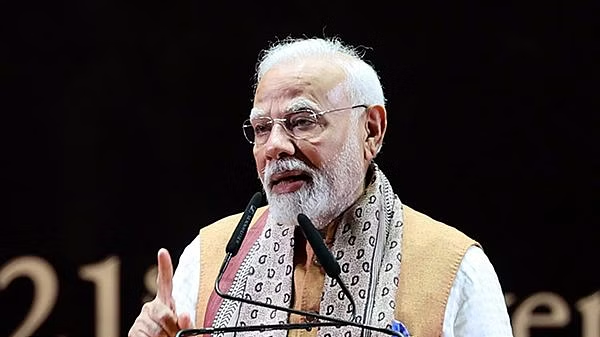
Prime Minister Narendra Modi Highlights Lothal’s Importance in India’s Maritime History
- Lothal, site of world’s first dockyard, now hosts National Maritime Heritage Complex.
- The complex, under Ministry of Ports, Shipping and Waterways, showcases India’s 5000-year-old maritime history.
Union Cabinet Approves NMHC Development at Lothal, Gujarat
- The Union Cabinet, chaired by Prime Minister Shri Narendra Modi, has approved the development of the National Maritime Heritage Complex (NMHC) at Lothal, Gujarat.
- The NMHC, led by the Ministry of Ports, Shipping & Waterways, aims to showcase India’s maritime heritage, spanning over 4,500 years.
- Key components include a museum, Lothal Town and Open Aquatic Gallery, Lighthouse Museum, Bagicha Complex, Coastal State Pavilions, and Recreation of Lothal City.
Lothal History
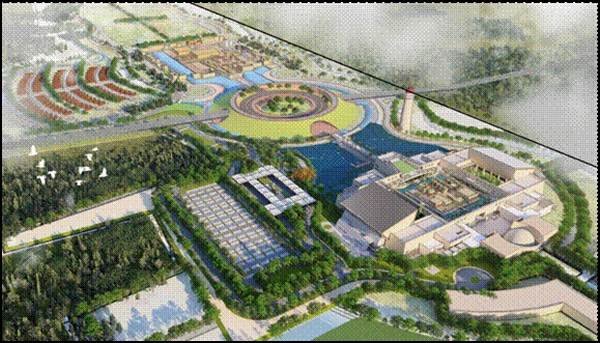
- Lothal, a trading port in the Indus Valley Civilization, dates back to 2400 BCE.
- Archaeological excavations by the Archaeological Survey of India (ASI) from 1955 to 1960 revealed the city’s remnants.
- Lothal was strategically located along a major river system, part of the old trade route linking Sindh to Saurashtra in Gujarat.
- The site revealed the world’s oldest known artificial dock, an acropolis, a lower town, a bead factory, warehouses, and a well-designed drainage system.
- Artifacts suggest trade with distant lands, including Mesopotamia, Egypt, and Persia.
- The National Maritime Heritage Complex (NMHC) will curate and present this legacy, inspiring public exploration of India’s maritime heritage.
Banking/Finance
1. Bank of India plans to raise Rs 5,000 crore via 10-year infra bonds
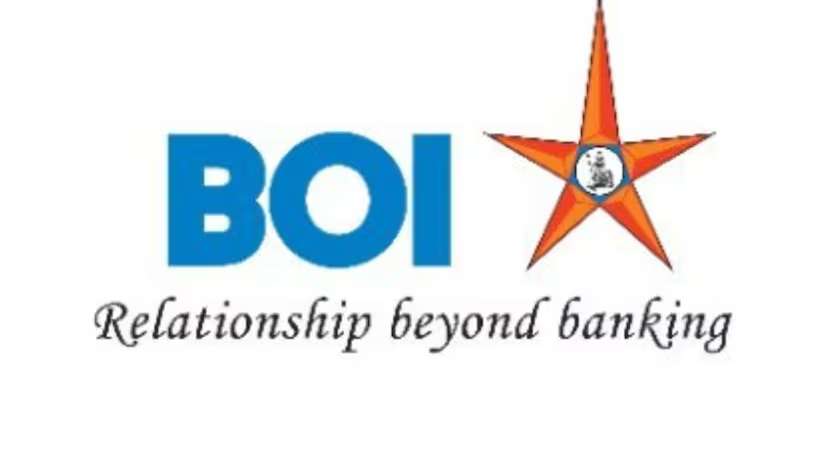
Bank of India to Issue Rs 5,000 Cr via 10-Year Infrastructure Bonds
- Bank of India plans to raise Rs 5,000 crore through 10-year infrastructure bonds.
- State-owned banks are increasingly using infrastructure bonds for credit growth and deposit mobilisation challenges.
- Infrastructure bonds offer banks an advantage as they are exempt from regulatory reserve requirements.
Infrastructure Bonds Overview
- Financial instruments for financing infrastructure development.
- Issued by governments or private companies.
- Fund critical projects like roads, bridges, airports, power plants, and communication networks.
- Types: Government-issued and corporate.
- Government bonds are safer investments due to government’s creditworthiness.
- Corporate bonds offer higher potential returns but slightly higher risk.
- Serves government and investors due to high upfront capital requirements.
- Bonds align with long-term financing requirements, allowing investors to spread their investment over the project’s lifespan.
2. RBI seeks info on NBFCs’ supply-chain financing
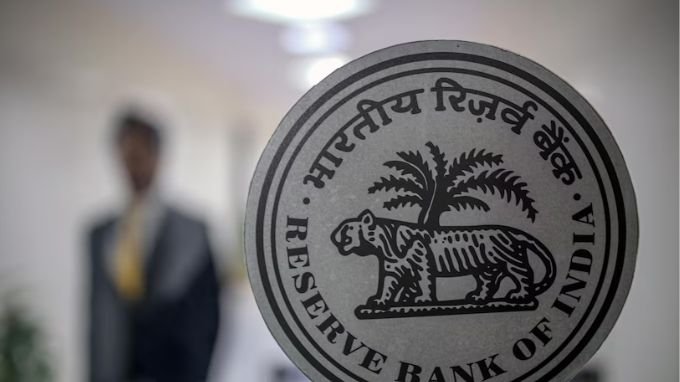
RBI Requests Details on NBFCs’ Supply-Chain Financing
- The Reserve Bank of India (RBI) is investigating supply-chain finance offers from nonbanking financial companies (NBFCs).
- NBFCs offer term loans ranging between 30 days and 180 days, primarily used by micro, small, and medium enterprises (MSMEs).
- The Finance Industry Development Council (FIDC) has raised the issue with the RBI, arguing these offers help MSMEs compete with larger players and expand their businesses.
- FIDC argues these arrangements are not similar to credit cards, where purchases are made even when the amount is overdue or delinquent.
Non-Banking Financial Institutions’ Supply Chain Finance (SCF)
- SCF aids businesses in improving cash flow and supply chain efficiency.
- NBFCs provide customized SCF solutions to businesses involved in supply chain activities.
- Key features include invoice financing, dynamic discounting, and vendor financing.
- Suppliers can save costs by benefiting from lower interest rates, don’t need to use their own working capital, and minimize risk across the supply chain.
3. Govt may not Sharply Hike FY26 Capex Outlay to Keep Fiscal Deficit in Check
Government Considers Increase in FY26 Capital Spending
- Government considers a slower increase in capital spending to reduce fiscal deficit.
- Centre will continue to support growth, considering the capacity of ministries and states to utilize elevated outlays.
- Aims to reduce fiscal deficit below 4.5% of GDP from FY25’s budgeted 4.9%.
- Pre-budget consultations concluded on November 11.
- Government has increased capex outlay by 17% to 39% annually since FY22.
Fiscal Deficit and Fiscal Surplus
- Fiscal deficit is a shortfall in a government’s revenue compared to expenditure.
- Governments borrow money or sell assets to fund deficits.
- Taxes are the primary revenue source.
- In 2024-25, government’s tax receipts are expected to be Rs 26.02 lakh crore, total revenue is Rs 30.8 lakh crore.
- Fiscal surplus occurs when revenues exceed expenditure.
- Most governments focus on controlling fiscal deficits rather than generating surpluses or budget balancing.
4. PAN Revamp, ₹7,900-cr Rail Push & Hydro Boost Okayed
Cabinet Committee approves PAN system overhaul and investment in hydro power and railway projects.
- PAN 2.0 Project to transform taxpayer registration services, costing ₹1,435 crore.
- Upgrades the PAN ecosystem for efficiency and enhancing security.
- Mandatory PAN data vault system for all entities.
- Implements a technology driven grievance redressal system.
- Upgrades, including QR code addition, free for all taxpayers.
- Emphasizes paperless, online portal with a focus on grievance redressal.
Other Projects
- Hydro Projects: Two hydro projects in Arunachal Pradesh, with capacities of 240 MW for the Heo project and 186 MW for the Tato-I project.
- Railway Projects: Three multitracking projects of Indian Railways, covering seven districts in Maharashtra, MP and UP, and increasing the existing railway network by 639 km.
- The latest updates include enhanced security features, mandatory PAN data vault system, and a tech-driven grievance redressal system.
5. India Inc’s Interest Coverage Ratio Drops
India Inc’s Interest Coverage Ratio Drops
- The interest coverage ratio of India Inc fell to a seven-quarter low of 4.8% in the September quarter, affecting 1,950 companies, excluding banking and finance sector.
- The ratio, calculated as profit before interest and tax (PBIT) divided by interest outgo, reflects the ease with which a company can cover interest expenses or service debt.
- Interest costs have risen sharply due to higher interest rates and working capital requirements.
- Raw material costs as a percentage of revenue increased to 35.1% from 34% in the year-ago quarter, affecting EBIT (earnings before interest and tax).
- The net debt for a sample of BSE 500 companies, excluding lenders, increased by 13.9% year-on-year to ₹29.8 lakh crore at the end of September 2024.
Interest Coverage Ratio Importance
- Essential for risk management and risk reduction methods.
- Measures a business’s ability to pay interest on outstanding debt.
- Also known as debt service coverage ratio or debt service ratio.
- Determined by dividing earnings before interest and taxes (EBIT) with interest expenses.
- Helps lenders, investors, stockholders, and debenture holders understand the efficiency of making payments for long-term borrowings.








